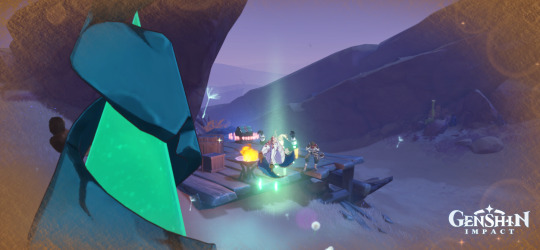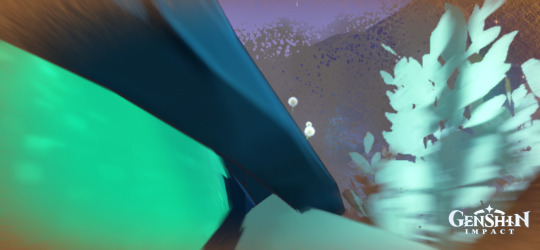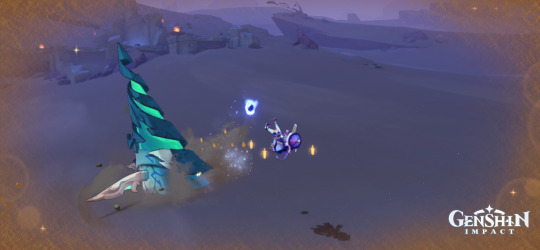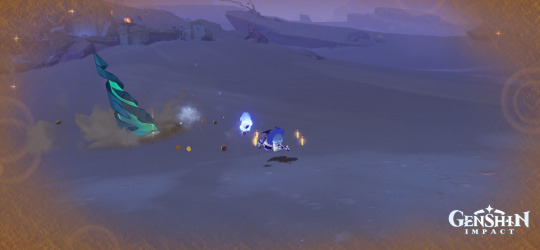#The Sands of Al-Azif
Text
Honestly wtf is with these Wenuts, how about I nuts you out of here you little bidch




Qiqi looks like she just got taken out by a boss in Sonic the Hedgehog when he drops all his rings

#my genshin pics#wenuts#wenut#sumeru desert#sumeru#Hadramaveth Desert#The Wenut Tunnels#The Sands of Al-Azif#genshin posting#genshin impact#genshin sumeru#genshin update#genshin 3.4#genshin impact photos#genshin pics#genshin gameplay#genshin gaming#sonic the hedgehog#sonic#gaming anime#gaming#gaming tag#gi#genshin impact forum
6 notes
·
View notes
Text
still very much obsessed with the ost from the new desert region in sumeru
#genshin can be criticised on so many things but their music? slaps#genshin's soundtrack is literally amazing some of their songs are brilliantly executed#the sumeru ost especially is just so beautiful#still not over the way they incorporated so many traditional instruments from the actual places the region is inspired in and how they#blended so effortlessly with the more traditional orchestra sounds#but i have been extra head over heals for the songs in the new desert expansion region#you know a song is good when you go to the area in game it plays just so you can hear it one more time#it's also about the contrast#the intensity and frightening aura of dunes of steel the almost crying and sadness of safhe shatranj#the peacefulness of the sands of al-azif the devastating way hope is so quickly expressed and then taken away in#memories of the eternal oasis...#SO GOOD#orchard of pairidaeza: the eternal oasis is so beautiful it makes want to sob#like. there's not a bad track!!!!!#anyways thanks for coming to my ted talk on sumeru: desert of hadramaveth ost agsjsh#it's just a genshin ost type of morning i guess i will go back to searching for the mop now#that's what i was supposed to be doing cause i need to mop the floor bye#if you see me rebloging stuff after this no you didn't 👀 i am literally moping the floor rn what are you on about shkwhsjsjsk
2 notes
·
View notes
Text
Lore Rant: Lovecraft References
I don't really think this post is super important to Genshin lore as a whole, so please consider this list as some self-indulgent trivia that I've been itching to share.
For a little bit of context (in case anyone here hasn't heard of Lovecraft): H.P. Lovecraft (1890-1937) was a New England author who created the "universe" his contemporaries refer to as the Cthulhu Mythos, and the "founder" of the weird fiction genre. A lover of cosmic and gothic horror, he was ultimately a racist, messed up, and yet deeply interesting little man. (My infodumps about him as a person will be contained to other venues.)
At least as far back as Inazuma, there have been easter-egg style references to his work hidden in text and achievements. Here are some of the ones I've found.
The Golden Wolflord / "Whisperer in Darkness" Achievement
The Whisperer in Darkness achievement can be obtained by completing the Golden Wolflord boss fight in co-op mode. The actual "Whisperer in Darkness" is a 1930 novella by Lovecraft, wherein a man in a tiny Vermont farmhouse is terrorized by extraterrestrial entities. The entities, however, have nothing to do with wolves (they're actually these flying pseudo-insectoid dragons from Pluto who can preserve the human consciousness in a jar. Which...might have more to do with Sumeru than the Rifthounds, now that I'm saying it.)
In mentioning the Golden Wolflord, it's worth bringing up a more overt Lovecraftian reference regarding Rifthounds in general - specifically their ability to pass in and out of Teyvat by "dissolving space." Frank Belknap Long expounded upon a concept Lovecraft began in his short story "The Hound" (1922) when he wrote "The Hounds of Tindalos" in 1929. The titular Hounds are dog-like creatures who live in the corners of space and can use any angular meeting between two points as an entrance into our world. They are also, much like Rifthounds, capable of draining the life out of their prey (although the Tindalos variety do this in a much...goopier way).
The Unsealed Parchment / "Call of the Nameless City"
The Unsealed Parchment item can be obtained in several different ways, including through the Aranara quest line, and triggers a mini-quest in and around Devantaka Mountain in Sumeru. Once you've triggered the third part of this quest, these words appear on the parchment:
But those eternal beings can never perish,
Until death has become the end of death.
I remember reading this and finding it very familiar - and it became even more so when I found out somebody had translated the text on the actual quest item:
That is not dead which can eternal lie,
And with strange aeons even death may die.
This is a oft-quoted couplet that Lovecraft first penned in his story "The Nameless City" (1921; also where the name of the quest achievement comes from) - a short piece where a man finds an ancient (still occupied) civilization of reptilian creatures under the Arabian desert - but is better known for its appearance in "The Call of Cthulhu" (1928). The couplet is attributed to the "mad Syrian poet" Abdul al-Hazred (nonsense name) in the Kitab al-Azif (or just "Al-Azif"), also known as the Necronomicon. Genshin's "nameless city" refers to Gurabad, which is also called a "city of brass;" Lovecraft makes references to a brass door that bars the way to where said reptilians reside.
The Sands of Al-Azif
This section of the Desert of Hadramaveth, as mentioned in the previous point, is a reference to Lovecraft's fictional "Al-Azif." Like the name of its author, "Al-Azif" means absolutely nothing in Arabic. However, Lovecraft alleges within his piece "History of the Necronomicon" that it refers to the "demonic" sounds insects make at night. Notably, this is the area of the desert where the Setekh Wenut dwells - even though worms are not technically insects. (Honestly, the jury is still out on whether the Wenut are supposed to be worms, fish, or serpents...oh well.) The "Al-Azif"'s author, Abdul al-Hazred, has likely inspired the numerous Sumeru academics who (like him) lose their minds while wandering through the desert, while the Necronomicon itself can be seen as an inspiration for the various pieces of "forbidden knowledge" that can be found in books and texts across Teyvat.
"The Greenery Out of Space" Achievement
This achievement that became available after Fontaine opened in 4.0, unlocked by defeating the Dendro Hypostasis in Co-Op mode. Lovecraft's story "The Colour Out of Space" (1927) deals with a Massachusetts family dealing with the consequences of a meteorite crash-landing on their farm. What begins as a boom in the size of their crops turns into a blight that takes the form of an unidentifiable "colour" the likes of which no human has ever seen; the color infects the plants and the water, eventually causing the family to mutate. The story was adapted into a movie starring Nic Cage in 2019, if it sounds like your sort of thing.
While this only barely has anything in common with the Dendro Hypostasis, Genshin lorecrafters have discussed how the color magenta has been consistently used to represent Forbidden Knowledge - a substance (or energy) known to be extraterrestrial in origin (Nibelung the Dragon King got it from...somewhere to be utilized in the war against the Primordial One). Magenta is often considered a color that "isn't real" - the tl;dr being that out brain combines the lowest and highest wavelengths in the visible light spectrum (red and purple) into a "new" color that doesn't actually exist on the spectrum of visible light. It isn't completely accurate to say it's not real, but you can see how it could be easily utilized by storytellers to represent something ~beyond human comprehension~. In fact, magenta is used to represent the horrifying "colour" in said Nicholas Cage movie.
These are some of the more overt references to Lovecraft that can be found in Genshin thus far. Since HYV apparently has a track record for name-dropping Lovecraftian stories and entities into their games, I have no doubt we'll be seeing more as time goes on. (Personally, I'd really love to get a King in Yellow reference while we're in Fontaine, considering He has ties to the theatre and France. But that's just me.)
If there are any I've missed, feel free to send an ask and I'll add it to the list!
8 notes
·
View notes
Text
[Bandcamp] Al Azif - Claiming the sand throne https://t.co/aMjNLkXquz pic.twitter.com/OMGTcOxdtH
— Melodic DM Music (@melodicdm_bot) May 23, 2018
0 notes